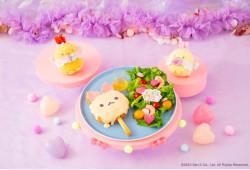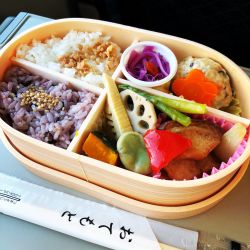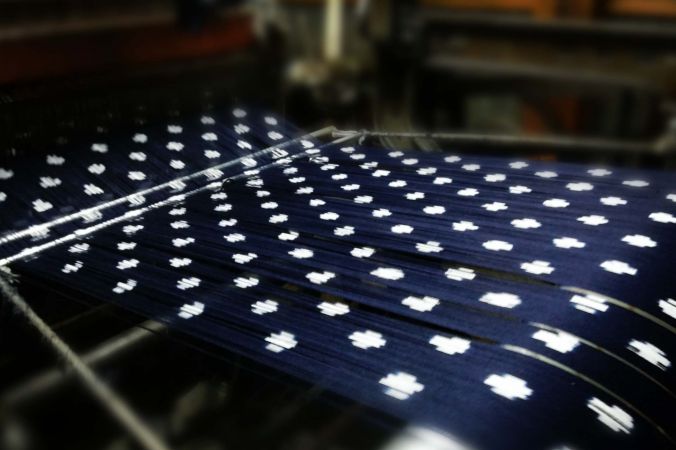
Kurume kasuri is a traditional cotton textile produced in the small town of Hirokawa, just 50 km from Fukuoka, Japan. This treasured fabric was originally used to create beautiful indigo-dyed kimonos and the complicated technique to make it was invented more than 200 years ago. Despite the introduction and the evolution of the industrial revolution, weaving is still mostly done by hand and the total process requires around thirty steps, spread over three months of labor.
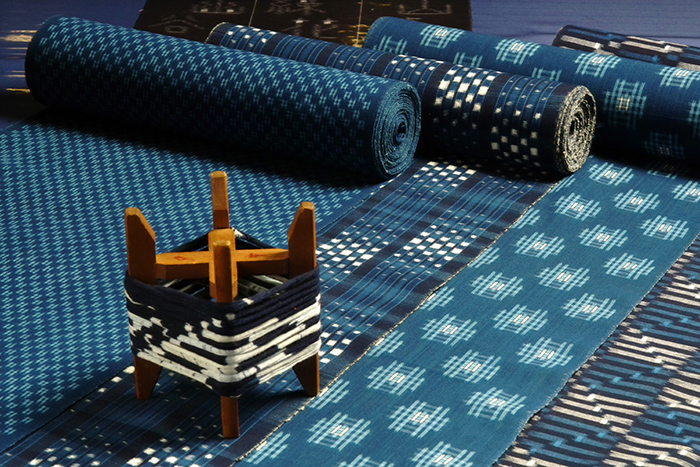
Unlike the story of the precious Dhaka muslin in India, whose method of production has now been lost to history, traditional products are still made with Kurume cotton. However, its popularity has decreased in the past few years as it is considered old-fashioned and outdated — especially among younger generations. In addition, the pandemic has put even more pressure on artisans, who have had to reinvent themselves to make Kurume kasuri part of Japanese daily life again in order to keep their businesses, and their skill, alive.
Kimonissimo is a new project launched by Daniele di Santo, president of Japan Italy Economic Federation based in Fukuoka. The project aims to give Kurume kasuri a new life, creating items that combine Italian fashion taste and the excellence of Kurume cotton. In this way, the production of Kimonissimo, carried out in partnership with local businesses, focuses on ties, handkerchiefs and masks. And it could be the thing that saves Kurume.
How did Kimonissimo start and what is the inspiration behind it?
DdS: The project started by chance when I was visiting the village of Hirokawa at the beginning of 2020, at the peak of the first wave of covid-19 in Japan. At that time, many businesses were already struggling and I became aware of the risk of losing centuries of tradition forever. Hence the idea of proposing a modern use of this long-established fabric to revive its production.
The word “Kimonissimo” comes from the Japanese word kimono and the suffix “-issimo,” which in Italian is used to describe an object which is the highest possible level of quality.
The challenge is to keep the tradition intact while making it easily approachable in everyday life.

What is the main philosophy of your business and how are you managing it?
Our philosophy is to combine tradition and modernity, adapting traditional products and techniques to the needs of potential customers in the present. The social aspect is the main focus of Kimonissimo. We decided to invest in such a niche sector to promote and to revamp the production of cotton fabric in Kurume. Our mission statement is to invest in projects, businesses and know-how that are capable of fostering society and to support local communities. Kimonissimo fits perfectly within our vision.
Is Kurume kasuri well known by Japanese people?
Kasuri textiles are, of course, not a mass-produced product but the average Japanese person has at least heard of it once. But in the common imagination, it’s still something traditional — old-fashioned and not accessible for younger generations. The challenge is to keep the tradition intact while making it easily approachable in everyday life — therefore boosting its demand and bringing it back into use.

The production of Kimonissimo at the moment focuses on masks, ties and handkerchiefs. Who are your customers and who are you targeting?
Right now, we are targeting young businessmen through sober and elegant items. We choose to use the traditional indigo color and simple patterns and then adapt that to elegant and more casual outfits. Undoubtedly, the products that are having the most success right now are the ties, especially in Tokyo and Osaka.
It’s a project that leverages the non-replicable value of tradition.
How are you managing the business at the moment and how are you going to develop it in the future?
Kimonissimo is managed by a small team inside the company [Japan Italy Economic Federation] that takes care of every aspect, from design to marketing and commercial. We launched the business in March 2021, and we decided to start showcasing and selling online while monitoring the response and sales.
The products themselves are realized in collaboration with local partners, to further foster the local economy. At the moment, Japan is still the main market, but we are actively working towards opening Kimonissimo to the European market as well, starting with the online shop.
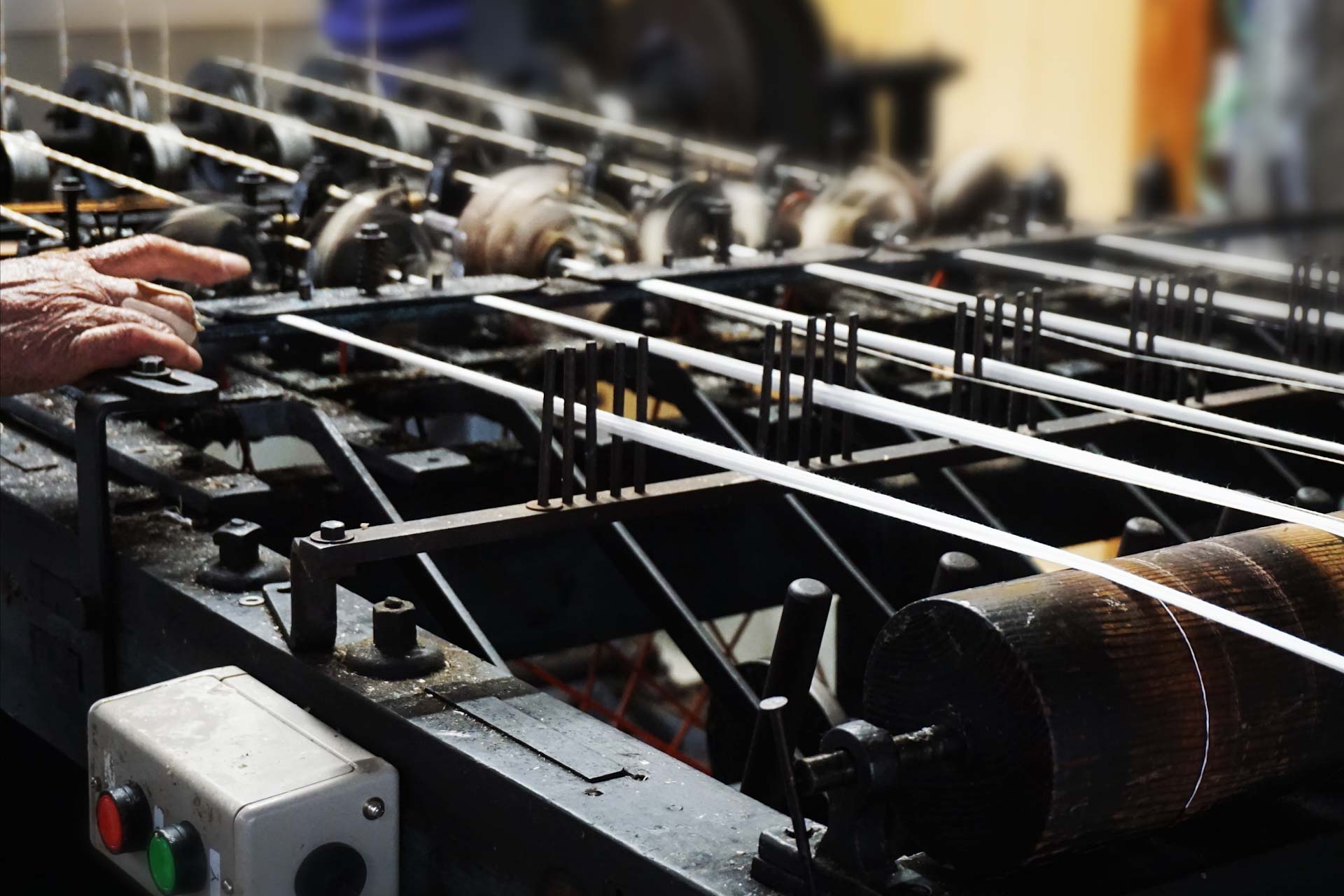
What were the challenges of setting up the business in a moment like this?
As Kimonissimo is part of an already well-established company in Fukuoka in the field of consulting, we already had the necessary instruments and know-how to launch this new business and it has been relatively easy to find partners to create the products from scratch. We had support from local Japanese institutions in regard to administrative, legal and fiscal procedures as Kimonissimo ultimately aims at promoting the cultural heritage of Kurume city in the rest of Japan and abroad.
Why is your business relevant now?
We think that Kimonissimo is relevant now because it is a successful example of how local and global markets can be interconnected; one doesn’t have to exclude the other and we think that this will be a central topic within advanced economies, especially over the next few years. It’s also a project that leverages the non-replicable value of tradition, where there is no competition, because each country possesses a peculiar tradition and enhances it in its own way.
Grab your new favorite mask at kimonissimo.com or check their official Instagram and Facebook page for more behind the scenes.
Elsewhere on Metropolis:

Based in Japan: Ria Scott
“Do you want fear or freedom?”
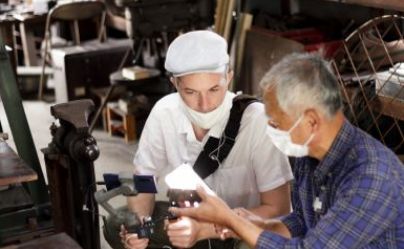
Based in Japan: Axel Deroubaix on Bringing Japan to the World
How the French entrepreneur teamed up with regional makers to create Peko Peko Box
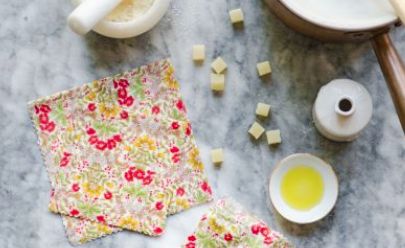
Based in Japan: Is Beeswax the Answer to Japan’s Love of Single-Use Plastic?
Eco Hachi Living’s Reusable Beeswax

